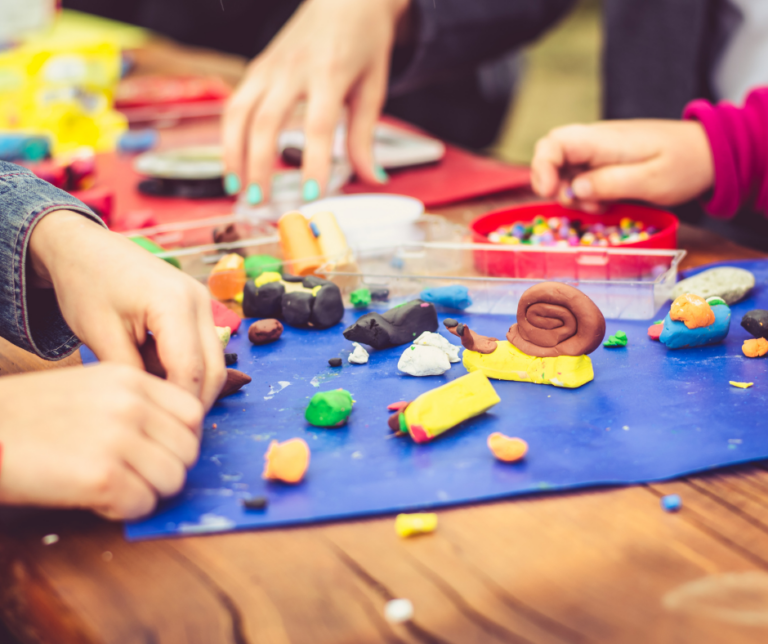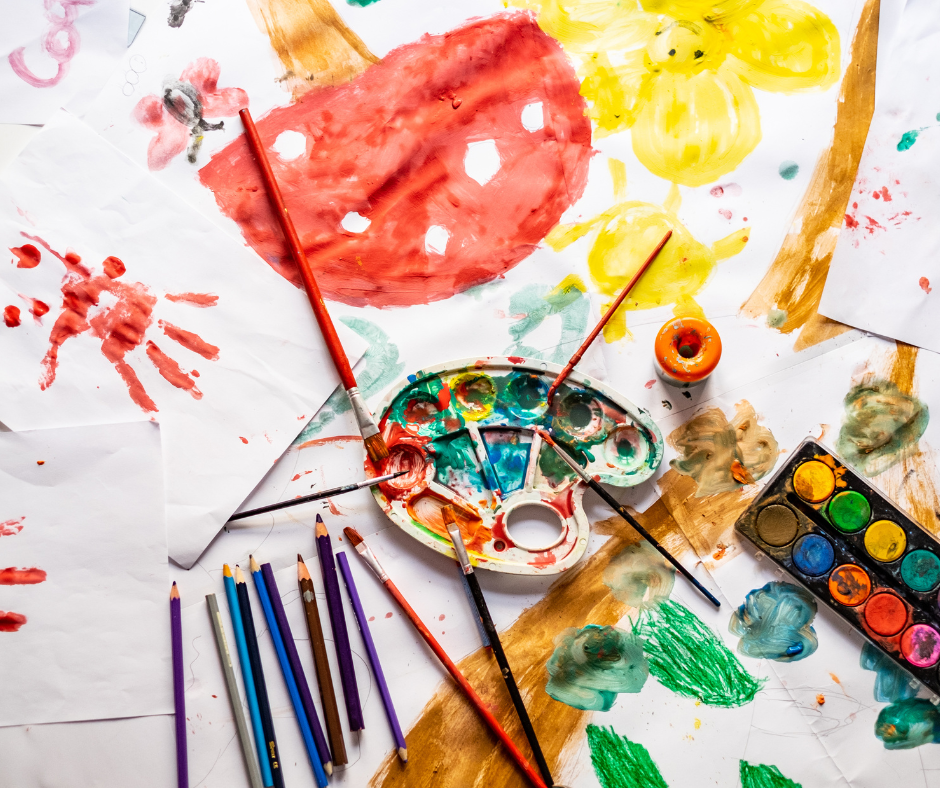
Supporting language learning with
Games & Play
Let them play!
“Play is often talked about as if it were a relief from serious learning. But for children play is serious learning. Play is really the work of childhood.” – Fred Rodgers
Play is an incredibly important element in a child’s life. Play supports children’s brain development, their communication skills, social skills and, of course, their language development. Give your little language learners time to play with language. Let them explore and practice their language skills. Play offers a low stress atmosphere, which means that language learning will be more fun! Encourage play with toys and fun ideas.
Through play children explore and interact with their environment and they may discover new interests.
Play should always be part of language learning!
How to facilitate Language Learning through Play
Follow Child's Lead
Interest is always linked to the level of engagement that can be reached. Follow your child’s interests and ideas!
Turn-taking Routines
Practice turn-taking with your facial expressions, body language and by asking questions.
Modelling Language
By modelling language you expose your language learner to new vocabulary. Add words to your child’s phrases or correct their sentence structure.
Repetition
Repetition is key, especially when it comes to play. Encourage children to repeat words, phrases and activities.
Games & Language
Games in language lessons can create a fun atmosphere and help children to memorise new vocabulary, phrases and grammar. Games can also facilitate second language learning at home! There are also language-specific games and workbooks for bilingual learners available. Take a look at our Books for more inspiration.
Memory & Matching Games
Memory is a fantastic game for language learners! Matching games provide a fantastic opportunity for practicing new words.
Guessing Games
You need a handkerchief for blindfolding as well as random objects for this super interactive game! Place random objects on a tray. Ask your language learner to guess what object is in their hands! You can also ask about the shapes, possible… all in their second language!
Worksheets & Books
Worksheets and books can be a fantastic language learning tool. Workbooks, such as the Bee Bilingual series, include puzzle games and fun exercises for young bilingual learners .
Speaking Games
Descriptive drawing activities, guessing secret words as well as storytelling activities, have the aim to increase speaking fluency and are perfect for more advanced language learners. Role play activities also give bilingual learners a great opportunity to try out and enhance their second language knowledge.


The use of Art in Language Learning
Through art, children can shape and express their understanding. Painting exercises are a fantastic opportunity for revisiting and building on language knowledge. Colours, shapes, utensils & much more can be discussed and explored in an art-based language lesson. It supports children’s creative thinking and make learning more meaningful and fun.
Watch, listen, explore, imitate - CREATE!
For your language learning activities you can also use:
- Playdough (to talk about shapes, body parts, animals…)
- Sand (to explore nature, talk about holidays…)
- Building blocks (to talk about adjectives, colours…)
- & much more!